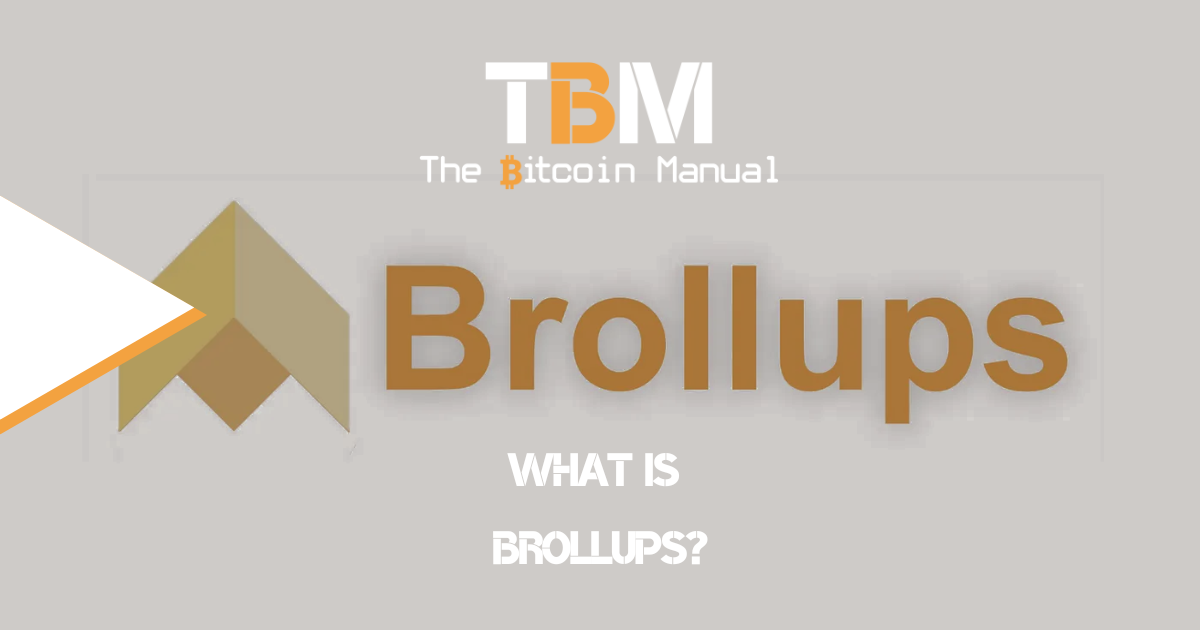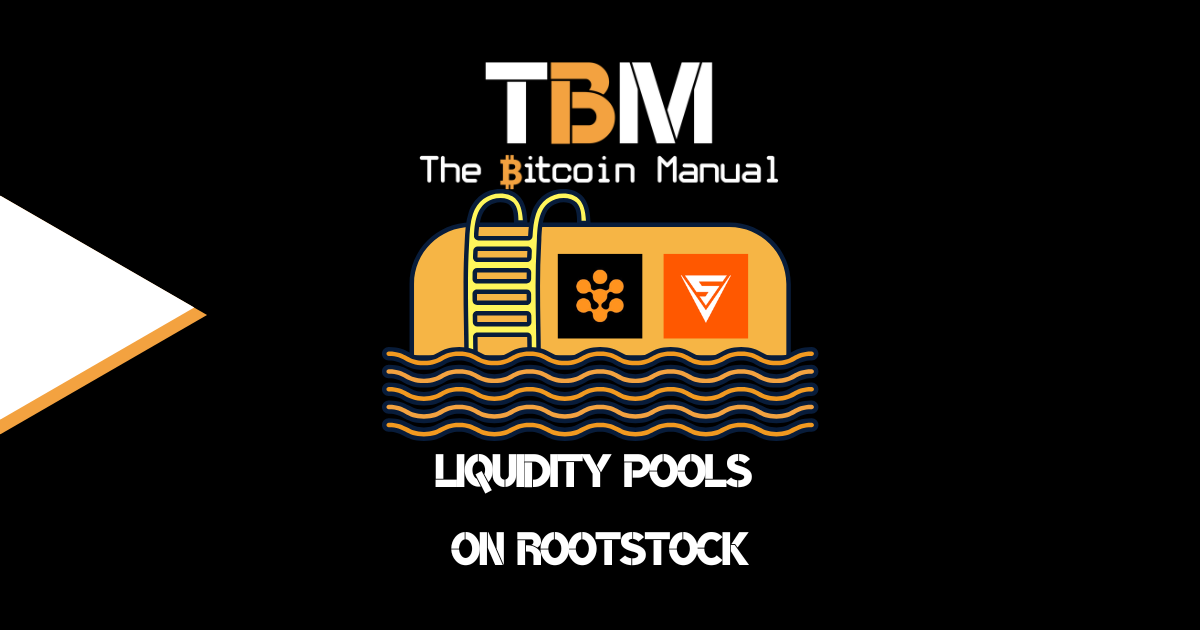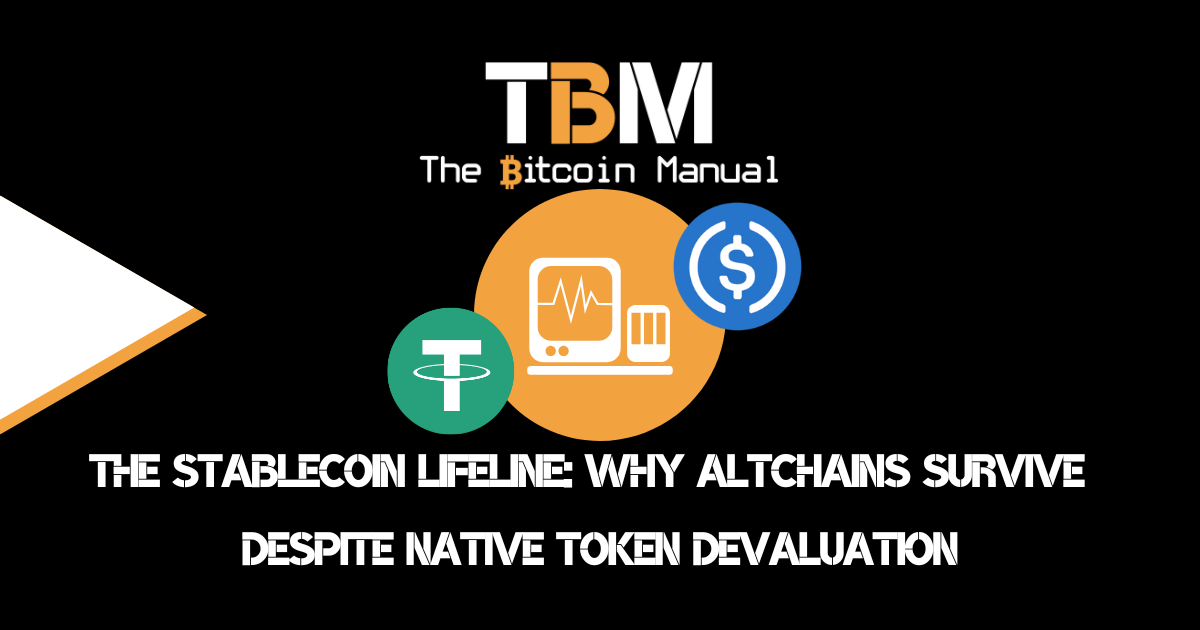Ever since Ordinals came rolling around eating up block space and spiking fees, the discussion around second-layer solutions has heated up; even with more users onboarding to Lightning, we’ve seen many proposals from Drivechains to Rollups claim that this will be the solution to all our block space limitation issues.
Bitcoin, the granddaddy blockchain, has long been lauded for its security and decentralisation, and trying to change it is a tough sell. So, if you’re building a layer two that requires a soft fork, as is the case with Drivechains or Covenant-based scaling solutions, your proposal will require a lot of grassroots work to convince node runners that this is the best path forward.
If you’ve ever sat in on Twitter spaces’ debate about layer two scaling solutions, you’ll know how quickly a proposal can get shishkabobbed, and for good reason. You’re dealing with the one shot we have at decentralised sound money, and any consensus changes will be scrutinised in terms of letter and syntax.
If this doesn’t sound appealing, you’ll have to work within the confines of the current system, as Lightning does, or introduce a distributed trust layer like side chains, federated eCash mints or rollups.
What is a rollup?
To give you a quick and dirty primer on blockchain rollups, they are alternative L2 scaling solutions that increase the transactions per second fees by “rolling up” multiple off-chain transactions into one.
Users would submit funds to provide liquidity for the rollup and issue transactions back and forth between rollup users. Once they’re ready to leave, the balance of the rollup state would be settled on the base chain.
Setting up a rollup environment is one thing, but finding a way to peg funds in and out of it is an entirely different problem; rollups have different implementations, the most popular being.
What are Brollups?
Brollups are a type of layer two scaling solution designed specifically for the Bitcoin network. They aim to address scalability issues by processing transactions off-chain while still leveraging the security of the Bitcoin blockchain for final settlement.
Brollups borrow inspiration from other rollup implementations like optimistic, ZK-P and Sovereign rollups but deviate in how they secure the data. Brollups use the Bitcoin block space as their data availability layer.
A Brollup is operated by an operator or a quorum of operators who provide liquidity to the protocol and advance the rollup state by chaining Bitcoin transactions regularly.
Brollups use the Bitcoin blockchain as the data availability layer, and run transactions on a custom VM known as the Bitcoin Virtual Machine.
Brollups build upon the concept of virtual UTXOs (VTXOs) used by Ark to create the peg. The VTXOs are not moved to a separate chain but rather update account balance states in the Brollup.
Introducing Brollups: a Bitcoin-native rollup design that works with a native Bitcoin peg and requires no changes to the Bitcoin protocol.https://t.co/OW2y0xJrg0
— Burak (@brqgoo) June 21, 2024
Brollups are basically coin swaps between VTXOs and calldatas.
- The VTXOs are always verifiable off-chain, and enforceable on-chain.
- Calldata, on the other hand, undergoes client-side validation; Bitcoin clients only see it as bytes, while Brollup clients read and interpret the bytes.
The calldata is evaluated within the client-side Brollup server, and VTXOs are verifiable off-chain, a VTXO can be swapped for calldata that executes a payable condition in the smart contract.
Key elements that make up a brollup
- Native Bitcoin Design: Unlike other layer two solutions, Brollups don’t require any protocol changes to Bitcoin itself. Brollups don’t rely on covenant OP_CODES like CheckTemplateVerify or TransactionHash in Bitcoin Core software. They operate within the existing framework, making them a more “Bitcoin-friendly” solution.
- Virtual UTXOs (Unspent Transaction Outputs): Brollups utilise virtual UTXOs, which represent ownership of Bitcoin on the layer 2 network. These vUTXOs can be used for smart contract interactions within the Brollup environment.
- Bitcoin Peg: The value of assets within the Brollup is directly pegged to Bitcoin on the main chain. Users can always redeem their vUTXOs for actual Bitcoin at any time.
- Operator trust: Brollups rely on operators to manage the state of the layer two network and ensure its security. These operators are responsible for fraud proofs and periodically commit the Brollup state to the Bitcoin blockchain.
Benefits of Brollups
- Increased Scalability: Brollups can process significantly more transactions per second than the Bitcoin mainnet, potentially paving the way for a wider range of DeFi applications on the network.
- Reduced Transaction Fees: Brollups can lower users’ fees by offloading transactions from the main chain.
- Easier onboarding: Users will not require the technical debt and capital requirements Lightning requires. The setup cost to enter a rollup will be the software wallet, which will engage with the Brollup server and quorum to manage the funds. Once connected, users will be able to receive funds and send them immediately.
- Security on Bitcoin: Brollups inherit the security of the Bitcoin blockchain, offering a robust security layer for DeFi applications.
Challenges and considerations
- Brollups are still under development: The concept is relatively new and requires further testing and refinement before widespread adoption. Brollups are in the early stages of development, and their capabilities for complex smart contracts may need further exploration.
- Reliance on Operators: The Brollup network’s security depends on the operators’ trustworthiness, which introduces a degree of centralisation.
Bitcoin DEFI hasn’t really taken off
One critique of Bitcoin is that its limited transaction throughput has hindered its ability to support commercial applications like decentralised finance (DeFi), but that’s a feature, not a bug, as only DEFI that makes sense would survive on the Bitcoin network.
The majority of DEFI centres around yield farming or token trading, which isn’t a pressing need in the Bitcoin space, I’d say appealing DEFI options would be trading Bitcoin for stablecoins and securing loans for stablecoins, and even then, it’s a pretty niche market.
The gambling and speculation market is orders of magnitude larger and if you want to do that, plenty of other blockchains offer you a shot at the blockchain casino.
Currently, other Bitcoin-adjacent networks compete to incorporate DeFi activities on Bitcoin, such as the remora chains Stacks, Merlin Chain, Anduro. At the same time, side-chains like Rootstock already offer Ethereum-style smart contracts with Bitcoin as the native asset, and it’s not as if the world is banging down the doors of RSK’s pow peg to get exposure to those services.
So I’m sceptical about the DEFI as a selling point for Brollups, but anything can happen. This type of layer-2 is still in the design phase, with the launch in testnet expected by the end of the year.
However, it claims it can support over 90% of the upcoming use cases that will be introduced in DeFi, so who knows—we could see NFT marketplaces, tokenisation, a stablecoin market, and even DEXs on Brollups.
Anything is possible, but from what I’ve seen from other rollups, it was all about selling a token. The initial versions of Ethereum’s most popular layer 2s, Arbitrum and Optimism, also rely on leadership control of private keys over an Ethereum smart contract, only to issue another native token to dump on the market.
Since Brollups will use Bitcoin, it would require members to put up real Bitcoin, attract users, and try to earn revenue from fees within its ecosystem. This is a much more challenging proposition than dumping premined coins to fund your operation.
What is Brollups V2?
According to Burak, Brollups’ architecture differs from optimistic rollups (Optimism, Arbitrum) and zk-rollups (Starknet, Zksync) typical of the Ethereum blockchain.
However, the design still requires trust in a single operator or federated operation. It isn’t different from what we’ve already got in Liquid and Fedmint, so where would Brollups find or carve its market?
Reducing the need for trust and providing unilateral exit options for all users is ideal for any budding L2. Brollup v2 introduces a new state channel design and eliminates the need for a trusted setup by opting for a global statechannel-aware network.
Brollups v2 executes payable conditions based on state updates rather than creating new VTXOs and decouples transaction finality from block production and ties it directly to state updates instead.
The strategy involves making channel states publicly accessible to everyone at all times exposing channel content and ensuring accessibility of individual channel states. Implementing this for all channels enables the Bitcoin Virtual Machine to verify payments between specific channels and execute payable conditions accordingly.
Changes from v1 to V2
- ✅ No trusted setup
- State channel design eliminates the need for trusted setup.
- ✅ Efficient liquidity
- State channel design leads to a more efficient use of liquidity.
- ✅ Interactivity cut significantly
- Reduced Interactivity due to the removal of kdc.signers from the set.
- ✅ Longer liveness
- Our use of state channel enables a longer expiration period of 90 days.
- ✅ Immediate finality
- Finality for payable executions no longer tied to block-production.
- ❌ 8 vByte overhead
- Reduced TPS for payable executions due to an 8 vByte overhead.
Brollups: A New challenger for Bitcoin DeFi?
Brollups present a hopeful solution for scaling DeFi on Bitcoin. Their native design, Bitcoin peg, and potential for faster, cheaper transactions offer significant advantages, instilling hope for the future of Bitcoin DeFi and onboarding more users to a Bitcoin-native ecosystem.
However, the technology is still nascent, and questions remain regarding operator trust and the extent of DeFi functionalities it can support. Proposals and white papers are fun thought experiments, but creating the system and onboarding users, generating economic activity that pays for the infrastructure and makes it worthwhile for maintainers is a challenge every scaling solution will face.
As Brollups continue to evolve, it will be interesting to see if they can unlock the full potential of DeFi on the Bitcoin network, especially as other L2s have been put on hold due to debates around ossification and the resistance to any future soft forks.
Do your own research.
If you want to learn more about Brollups, use this article as a starting point. Don’t trust what we say as the final word. Take the time to research other sources, and you can start by checking out the resources below.




